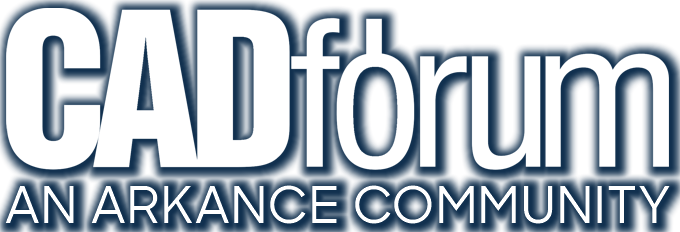Over 1.109.000 registered users (EN+CZ).
AutoCAD tips, Inventor tips, Revit tips, Civil tips, Fusion tips.
Try the updated Units converter and the new precise Engineering calculator.
New AutoCAD 2026 commands and sys.variables and env.variables,.
 CAD tip # 6422:
CAD tip # 6422:
Question
A
If you need to send an output of a CAD application, rendering, photo, map or another picture over e-mail, or to otherwise transfer it electronically, and you cannot use a vector format, it is important which of the many raster formats you choose. You can significantly influence the file size and quality of the image. Each file format has its advantages, disadvantages and recommended usage.
| Format | Advantages | Disadvantages |
|---|---|---|
| BMP | Almost none, maybe: general availability on the Windows platforms | very inappropriate format, do not use; format is not compressed - resulting file is unnecessarily large |
| GIF | Efficient, compressed lossless format, suitable for transferring screen captures, CAD data, maps, schematics, logos, etc.; transparency option | 8-bit color depth, limited palette of 256 colors - do not use for renderings and photos |
| JPG | Very efficient, well compressed lossy truecolor format, well suited for transferring photographs and pictures where a loss of some pixels is not important | lossy compression, makes artefacts in the picture, blurs edges - do not use for CAD data |
| PNG | Combines the advantages of GIF and JPG, compressed truecolor format, well suited for transferring accurate images, including CAD data, features alpha-channel (transparency) | not so efficient format in terms of the file size |
| TIF | Compressible format for professional use - maps, scanned drawings, suitable for CAD and GIS data (monochrome and color) | too many variants and sub-types, not all of them fully supported; not so widespread |
All of these formats can be exported and imported from/to AutoCAD, most of them are supported also in Revit and Inventor.
ACADDWG
4.12.2008
17103×
FAQ
![CAD Forum - tips, tricks, discussion and utilities for AutoCAD, Inventor, Revit and other Autodesk products [www.cadforum.cz] CAD Forum - tips, tricks, discussion and utilities for AutoCAD, Inventor, Revit and other Autodesk products [www.cadforum.cz]](../common/arkance_186.png)


